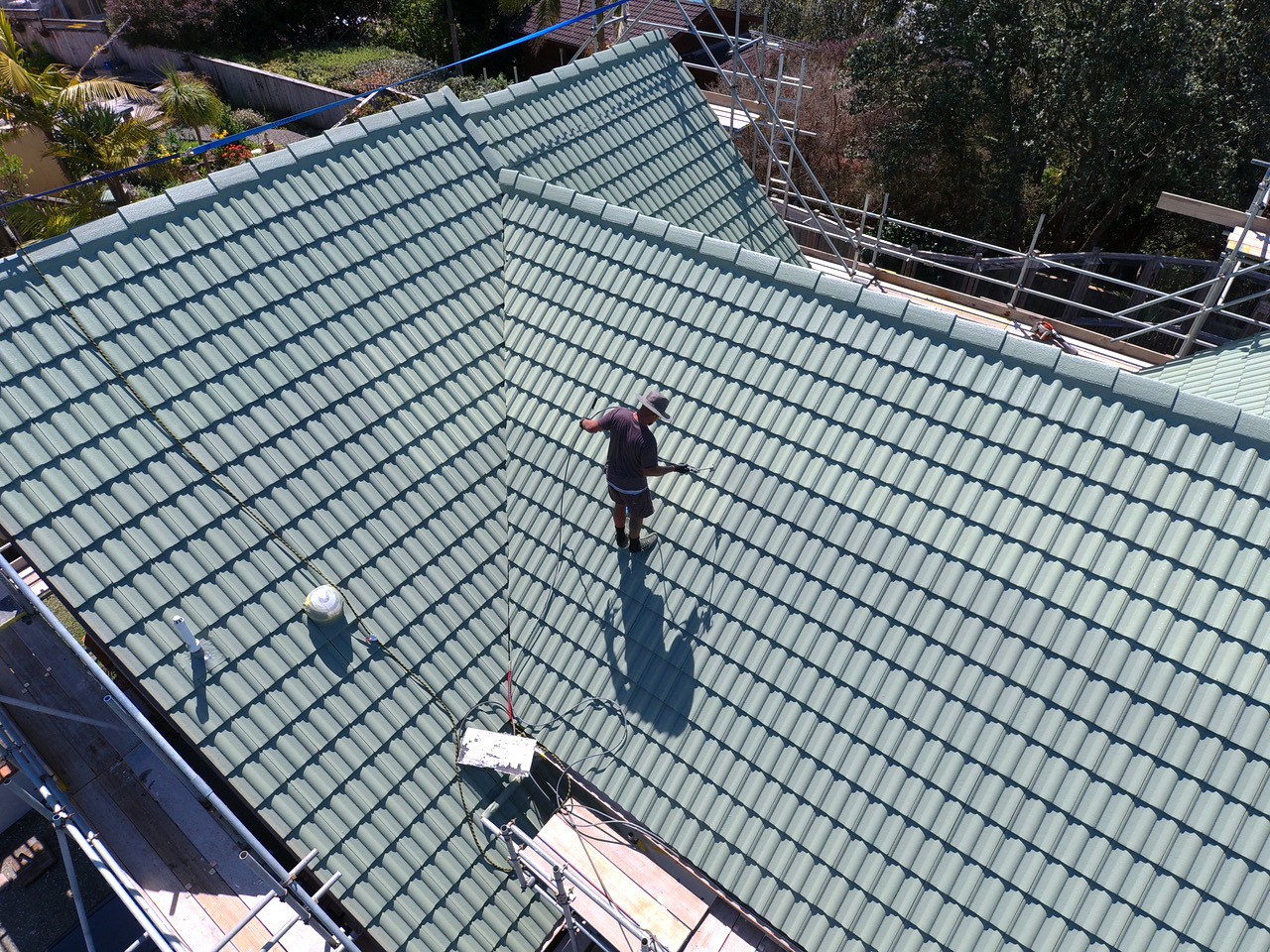Roof inspections are essential for identifying potential issues and making certain the longevity of your roof. Regular inspections may help detect problems early, preventing costly repairs or replacements down the line. Here are some frequent strategies and steps for conducting a roof inspection:
Visual Inspection:
a. Exterior Inspection:
Start by analyzing the roof from the bottom utilizing binoculars or by safely climbing onto a ladder to get a extra in-depth look.

Look for visible signs of injury, such as missing or damaged shingles, curling or buckling shingles, or free or deteriorated flashing round roof penetrations.
Check for debris, moss, algae, or lichen development on the roof, which may point out moisture-related issues.
Inspect the gutters and downspouts for granules from shingles, as extreme granule loss can signal shingle put on.
b. Interior Inspection:
Go into the attic or crawl space and inspect the underside of the roof deck for signs of leaks, moisture, or water stains.
Look for daylight coming by way of cracks or holes in the roof deck, which may point out roof harm.
Check for indicators of insulation harm, mould, or mildew progress, which may end result from roof leaks.
Roof Walk:
a. If it is safe to do so, stroll on the roof floor to inspect it up close.
b. Be Roof Restoration Campbelltown and put on acceptable safety gear, such as non-slip shoes and a security harness if needed.
c. Look for any soft or spongy areas, which might indicate underlying injury.
d. Check for loose or damaged roofing materials, as properly as signs of wear and tear.
Moisture Detection:
a. Use a moisture meter to detect hidden moisture within the roof construction and insulation.
b. Moisture detection can help establish leaks or areas of potential water intrusion that is probably not visible.
Drone Inspection:
a. Drones geared up with cameras can provide a comprehensive view of the roof surface without the need for direct physical access.
b. A drone inspection can be especially helpful for larger or hard-to-reach roofs.
Professional Inspection:
a. Consider hiring a professional roofing contractor or inspector to conduct a radical inspection.
b. Professionals have the experience, tools, and expertise to identify issues that will not be obvious to a homeowner.
Documentation:
a. Document your findings with photos and notes to create a document of the roof's condition.
b. This documentation could be helpful for monitoring adjustments over time and for insurance coverage claims or repairs.
It's essential to carry out roof inspections regularly, ideally no less than once a year, and after extreme climate events like storms. Additionally, should you're not comfy or confident in your capacity to perform a roof inspection safely, it is advisable to hire a qualified roofing professional to ensure a radical and accurate assessment of your roof's situation..
